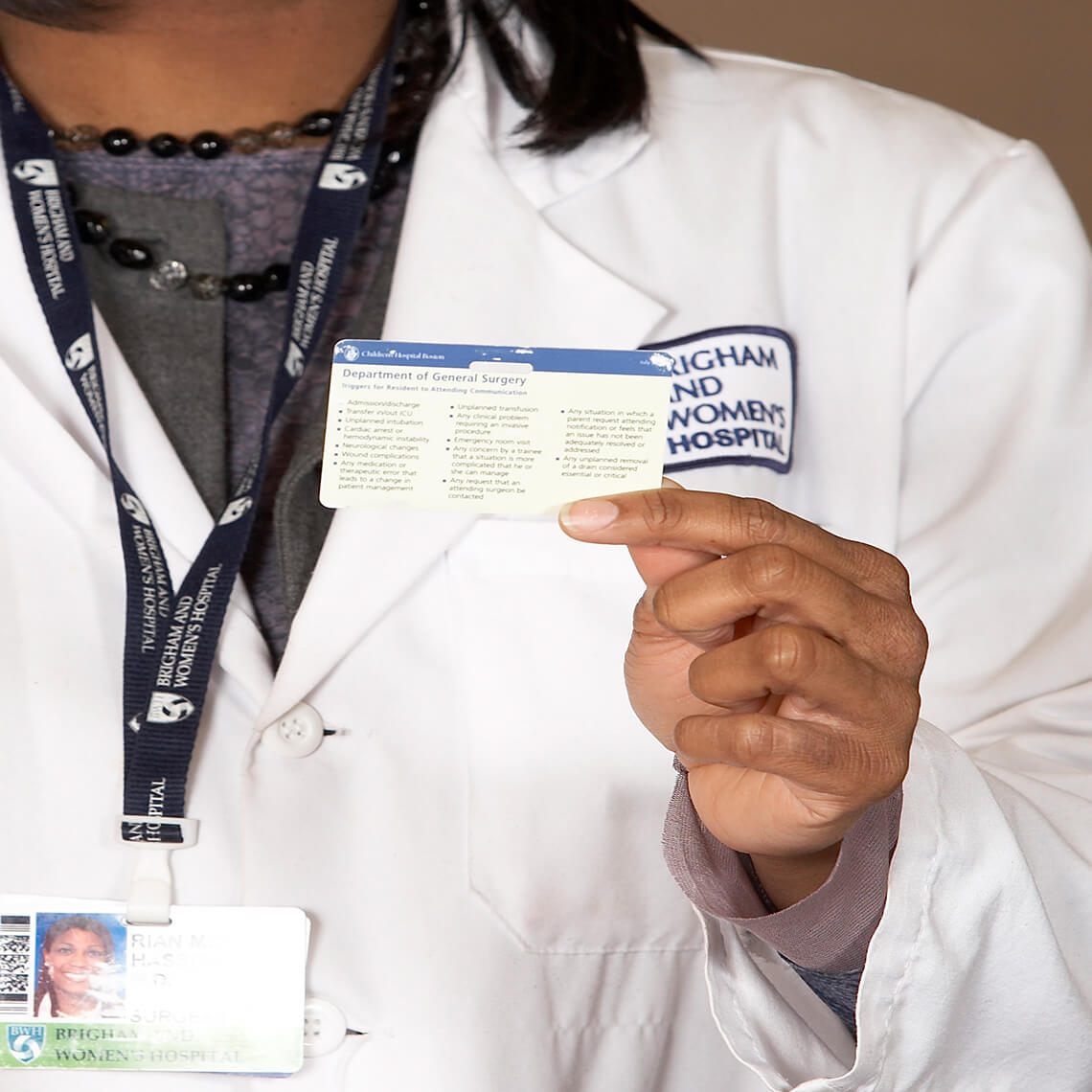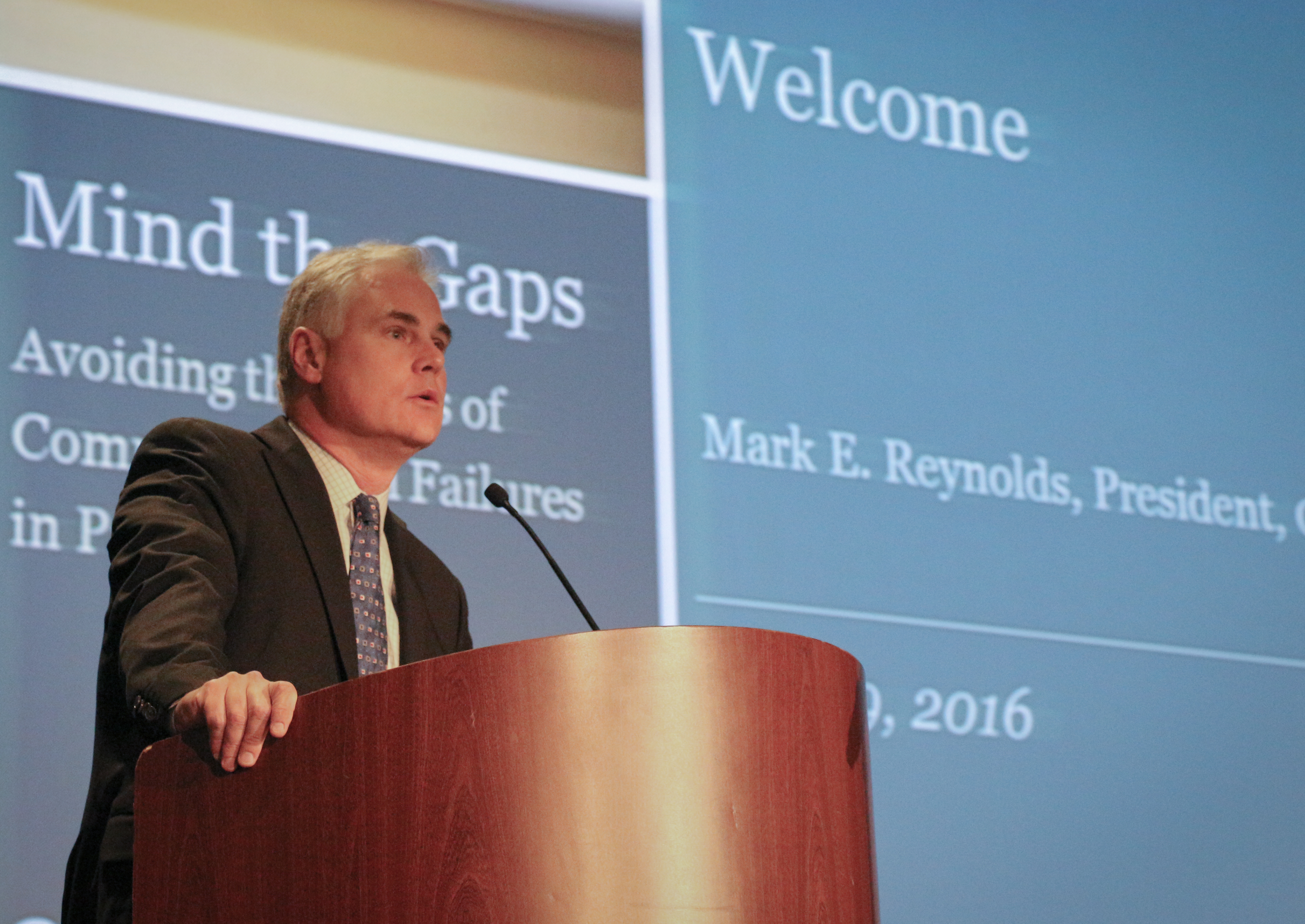Blog Post
Informed Consent & Shared Decision Making
| |
INFORMED CONSENT |
SHARED |
|---|---|---|
|
Reason |
Clinical protection |
Meet needs of the patient |
|
Intent |
Confirm consent to proceed |
Facilitate shared decision |
|
Question |
Okay to proceed? |
What is the best for you/family |
|
Frame |
“Reasonable” |
This specific patient |
|
Information |
Legal standard |
Variable: dictated by |
|
Scope |
Treatments and procedures |
Most non-emergent decisions |
|
Method |
Disclosure to patient/family |
Discussion with patient/family |
|
Documentation |
With or without signed form (sometimes required) |
With or without |
Source: Lindor RA et al. Liability and Informed Consent in the Context of Shared Decision Making. Acad Emerg Med. 2016 Dec;23(12):1428-1433.
Perhaps nothing is more deeply rooted in the physician-patient experience than the concept of consent. To be sure, patients submit to care just by setting up an appointment, arriving at the hospital, the office, etc., but there is much more to the encounter: Does the patient agree with the decisions/recommendations that follow examination, evaluation, and the physician’s exercise of judgment? How does a patient sort it out? Ultimately, how do these two minds come together to form an agreed upon plan that is in the best interests of the patient’s health and well-being? It’s a lot of work.
When the diagnosis and treatment is clear—a prescription needed for a minor infection, e.g.—the conversation is straightforward and limited, in most circumstances. But, what about when there is a recommendation for a procedure? A major surgery? A complicated medical treatment? What is the legal obligation of the physician to the patient in terms of “informing” him or her of the risks and benefits of a treatment plan? Are the risks based on large scale population risks, or modified by the individual physician’s own experience? Does the individual patient’s condition pose an additional risk? What new treatments are being offered, and is the patient a candidate? How far does a physician need to go in the conversation with the patient to address a “possibility?”
Many of these questions have been addressed in the past by the courts. In 1982, the Supreme Judicial Court of Massachusetts ruled that the law of “informed consent” is based on a duty owed by a physician to a patient to disclose all significant medical information that the physician possesses or reasonably should possess that is material (emphasis added) to an intelligent decision by the patient whether to undergo a proposed procedure or course of treatment. 1 What is “material” to one patient, however, might be less so to another. Accordingly, the law looks to what a “reasonable person” in the situation of the patient would have wanted to know before choosing to undergo the procedure or treatment.
The Harnish case and its progeny have served the medical community very well over the last 30+ years, leading to more meaningful, documented dialogue between patients and providers, as well as comprehensive consent forms. As a result, it has been somewhat rare to see a bona fide claim for lack of informed consent over this time that truly met the test, much less one that succeeded at trial.
Recently, however, we have observed an effort by the plaintiff bar to invigorate this claim with a twist, if you will. Specifically, there is an attempt to conflate the concepts of informed consent with theories of negligence in order to increase the opportunity for recovery in the courtroom. Like the “reptile theory,” plaintiff counsel now seem to be driving a theme around the idea that all patients have to right to know everything relevant to their care, whether it was within the understanding of the treating physician or not, or whether the information was material to the decision-making process, because “we all have the right to know everything.”
With advancements in medical science and the large amount of “information” available on the internet, the decisions that physicians and patients need to make are far more complicated than ever before. From robotic surgery to new cancer protocols to “watchful waiting,” options and consequences are ever-increasing. “Shared decision making” is an effort to help both physicians and patients come together to understand the medicine, the choices, the risks and benefits, so that patients can have the autonomy they desire, but also the benefit of the judgment and expertise of the experienced medical community.
1. Harnish v. Children’s Hospital Medical Center
Related Blog Posts
Investing in Patient Safety


Mind the Gaps: Learning How to Avoid Miscommunication Pitfalls

Diagnostic Error: The Conversation Continues

